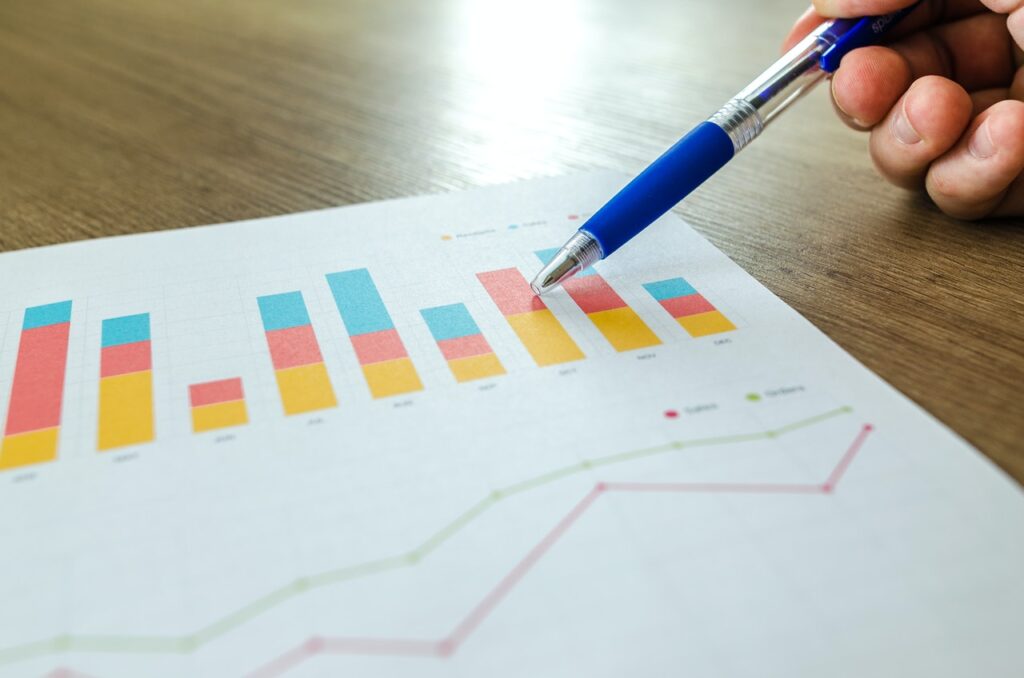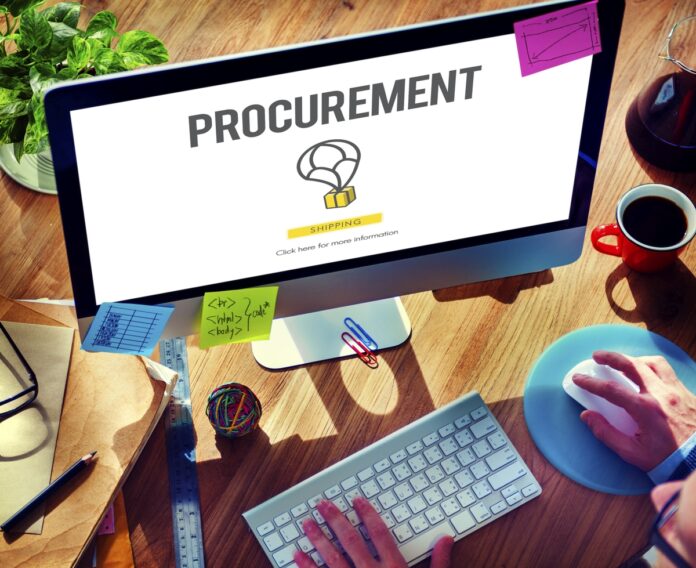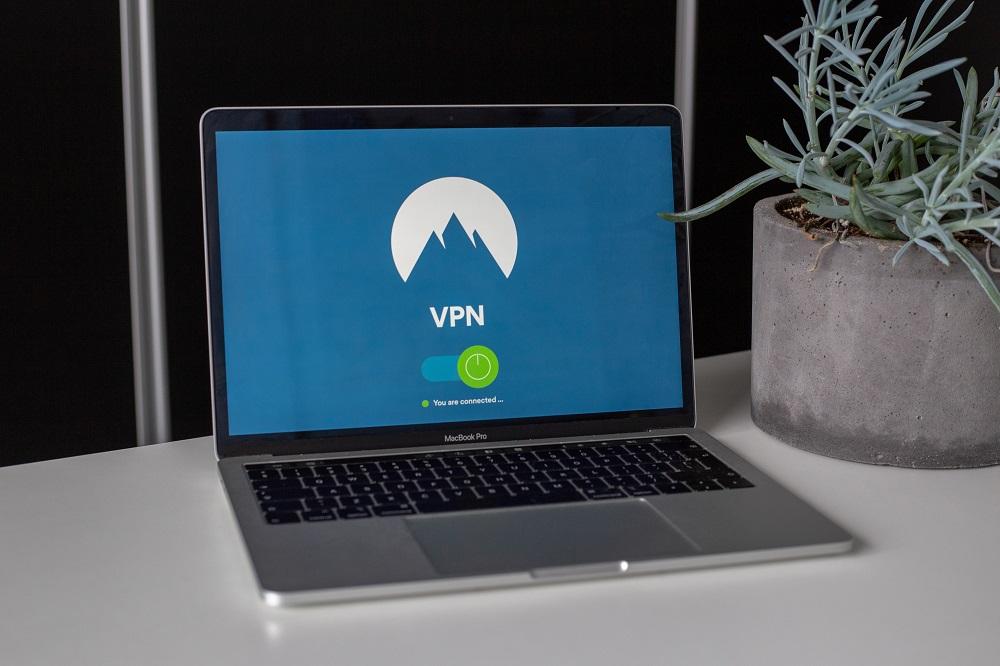When all is said and done, the goal of any successful company is to reach more customers, expand, and come on top of the local market. Even if the current market position doesn’t require such moves, playing too defensively will leave competitors with far too much room for taking the initiative and, ultimately, set the company behind.
The ability to easily get access to and obtain the goods and services on a scale necessary to support sustainable growth makes one of the key aspects of this process.
That being said, the current global economic and political situation makes effective procurement very hard and presents business owners with countless obstacles they need to deal with on a daily basis. Could the solution to this problem be found in the wider implementation of latest-gen digital tech?
Let us try to find out.

Leveraging digital workflows
All effective business processes are built on effective workflows. If they are facing issues and bottlenecks at this very basic level, companies can’t hope to reach any semblance of efficiency despite the resources they pour into the project. Even though it heavily depends on countless external factors that can’t be directly influenced, procurement is really no different.
We would like to point out, then, that the business landscape does feature an abundance of automated workflow management platforms capable of streamlining any business process and allowing participants to focus their attention on more critical tasks.

Increasing sales
Sustainable growth, effective procurement, and efficient workflows all have one thing in common – in order to be possible, they need to be built on healthy financial foundations. Fortunately, digital tech has gone a long way in helping companies reach new customers and building stable cash flow networks.
What’s even more important is that these new outreach and marketing techniques have done an excellent job in erasing the regional and even national borders allowing smaller companies to take a shot at global fame without having to expand infrastructure. All these things make procurement far simpler.

Using procurement management platforms
The present-day IT industry is very efficient in observing the market niches where new products can be developed. So, if there is some vital business process that could benefit from stronger digitization the chances are that you already have a plethora of software platforms developed to address this specific facet. So, as you can probably guess, something as critical as procurement is not left out of this list.
On the contrary, the current choice of procurement management software is more than satisfying and all these tools feature tons of features that make associated processes simpler, faster, and more efficient.
The rise of business-to-business ecommerce
The business procurement process was for a very long time burdened with cumbersome paperwork, outdated procedures, and, overall, practices dating a couple of decades back. Fortunately, this sector has started picking up cues from the general consumer market and dramatically simplifying the sales process.
The most welcome change comes in the form of the growing trend of B2B ecommerce. If you are running an O&G company, you can now easily buy components like an efficient composite frac plug with no more than a couple of clicks. This considerably speeds up the overall procurement process.
Advanced analytics
In one of the previous sections, we have mentioned that procurement, unfortunately, involves a lot of factors that are not under the control of the people in charge of the process. However, if these market trends can’t be tamed, they can be better understood, anticipated, and, finally, leveraged as an asset rather than an obstacle.
All these things require extensive data harvesting, complex analytics, and tools that can make sense of these robust sets of data. The rapid evolution of AI and Machine Learning are constantly pushing the envelope in this exact area which makes procurement far simpler than before.
Eliminating risks and errors
Last but not least, we would like to remind you that AI is much more capable of tackling complex data-heavy tasks than human beings. And procurement is an extremely data-heavy process. Using all the tools and channels we have listed above, therefore, doesn’t mean only that a whole slew of different tasks ranging from cataloging to tracking spending and monitoring risks will be accomplished faster but also more reliably and with practically zero errors.
This shouldn’t be easily overlooked since identifying and addressing these issues is a very taxing task that consumes a lot of time, manpower, and resources.
Final comments
We hope these few examples gave you a general idea about just how critical proper implementation of latest-gen digital technologies can be for optimizing the procurement process. And taking into account the challenges of the present-day global economy, these advancements are more than welcome.
After all, our society is becoming more automated and digitized with each passing day. The procurement process can only benefit from becoming better integrated into this ongoing digital transformation.
Written by Mike Johnston
















